Although the majority of succulent plants are hardy and resistant to pests and fungus, there can be fungal infection on succulents due to various reasons. There could be certain situations where their growing conditions change, and then there is a high probability of fungus infection.
They could land on your plant from anywhere and start deteriorating the plant in a very short time. They could be that dangerous. Let us have a detailed look on the impact fungus make along with the remedies we could take to safeguard our succulents.
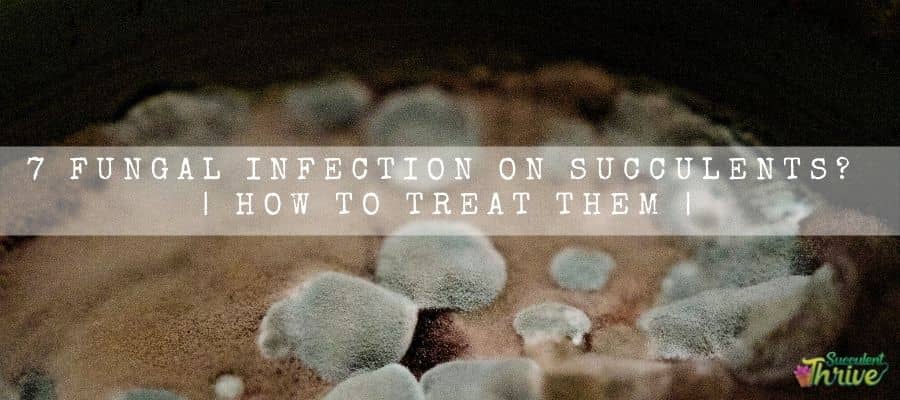
What are types of fungal infections on succulents and treatments?
There are a few fungal infections common among succulents. These are slightly different and require different treatment methods. In this article, we are going to discuss seven fungal infections on succulents and how to treat them.
Black Sooty Mold
This fungus will only cause minor damage to the succulents. Black sooty mold is the least annoying and most harmful fungi to succulents. If a black sooty mold has invaded your plant, that really means a sap sucking pest such as mealybugs, aphids, whiteflies, and scale have invaded your plant. When the plant is infected, there will be black or dark brown superficial fungal growth on the plant’s aerial parts. You could commonly spot them on the upper leaf surfaces.
Treatment
To treat this, what you could do is, spray a solution of horticultural oil or neem oil on the surfaces where they have damaged. You could do this in the early evening. Neem oil is less poisonous as well as a productive fungicide which could be more efficient. It could overcome the sooty mold menace from our succulent, especially the one which is heavily infected.
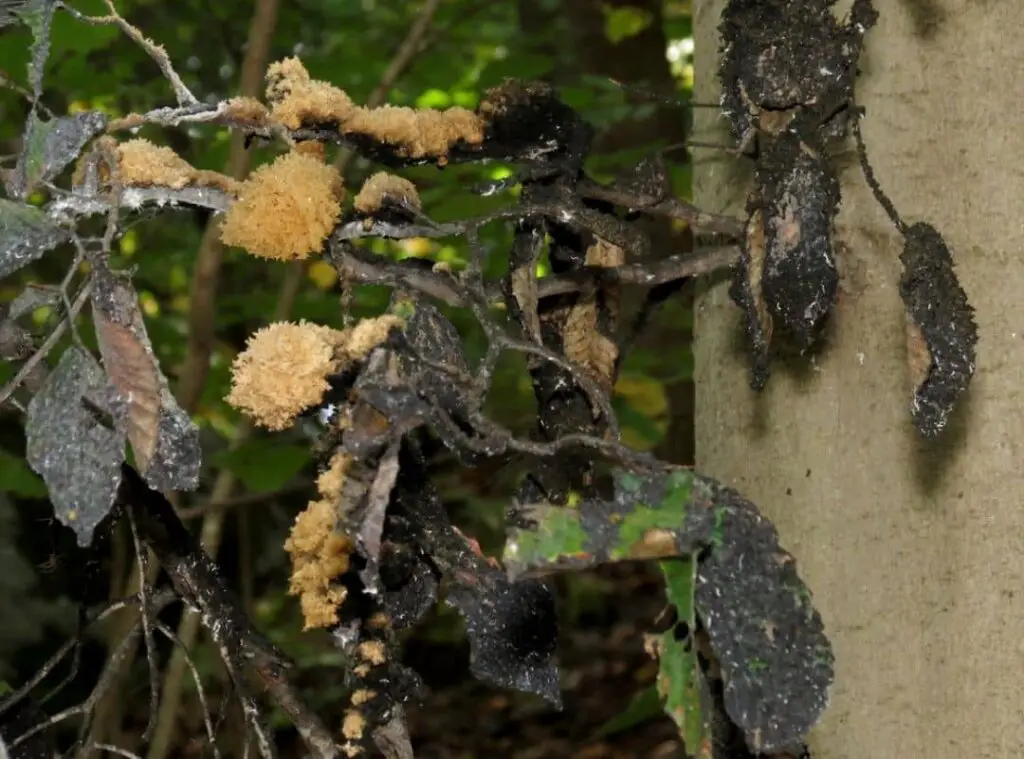
Leaf Spots
Succulents could get a lot of fungal leaf spot diseases. Leaf spots do not harm the plants significantly, even though they do not look good aesthetically. Once the fungus dominates and takes control of the plant, the small spots will get bigger and tend to look like blotches. Eventually, it will end up degrading the plant. However, if you take precautions at the initial stage, it will not be a problem as the growth progresses.
Treatment
You could conduct several remedies which are safer and convenient to treat the succulents infested by leaf spots. You could simply apply an all-purpose fungicide to them. Otherwise, you may spray an adequate amount of baking soda on the succulent. You may use half a teaspoon of it per gallon of water.
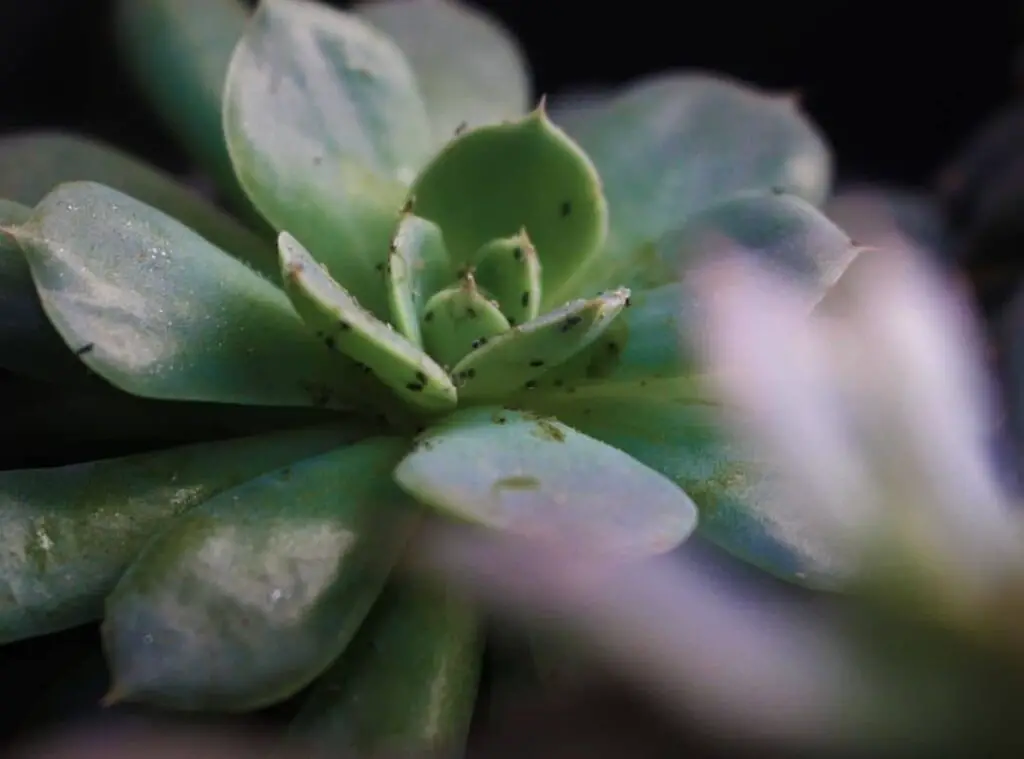
Grey Mold
You could commonly refer to this as Botrytis cinerea. We can easily recognize this fungus as it indicates its symptoms well in advance. They’ll try to show it by forming circular gray and brown spots on the leaves and stems. Once the fungus has spread, they may become fuzzy with mold over time.
This will survive in the moisture. If the plant is in a shady environment and if the ventilation is also not that great, Greyhound will start liking it more. Furthermore, they will spread faster when the temperature decreases. You can commonly spot this in seasons like early spring or summer.
Treatment
Once you notice that your succulent is struggling with gray mold well in advance, you could try using a homemade fungicide such as dishwashing soap to control it. Having said that, it is vital to ascertain that it does not contain any grease or bleach. You should trim the damaged areas if your plant has a serious gray mold infection. In addition to that, please refrain from watering from the top.
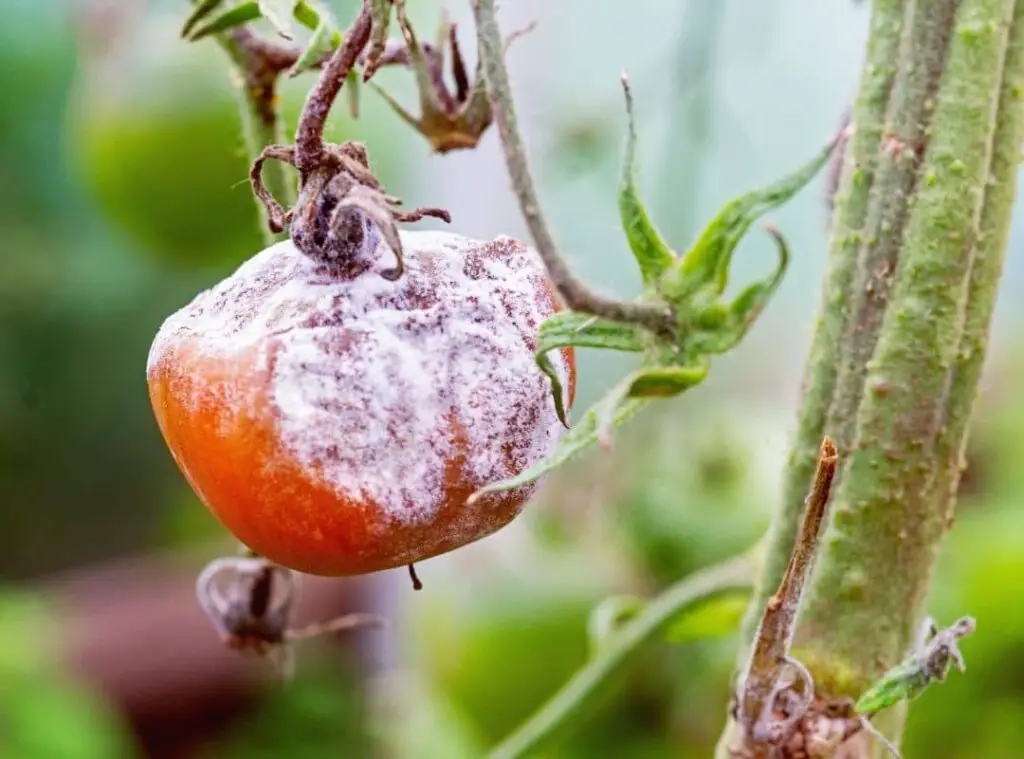
Anthracnose
This is a cluster of fungal diseases that are caused by fungi. They belong to the genus Colletotrichum. They will form in circular, pale, sunken, or brownish spots. Tissues will become dry and stiff as a result of this plant.
Treatment
The only way to protect our succulents from this fungus was to remove the damaged leaves. Apart from that, you could change the soil and the pot of the infected plant. In this circumstance, ensure that all the equipment is clean enough and has good hygiene. so that you could stop this fungal disease from spreading all over.
In case there is still any leftover fungus, you could utilize fungicides that contain chlorothalonil. Further, you may use copper sprays, which consist of copper diammonia diacetate, propiconazole, and systemic fungicides such as thiophanate-methyl.
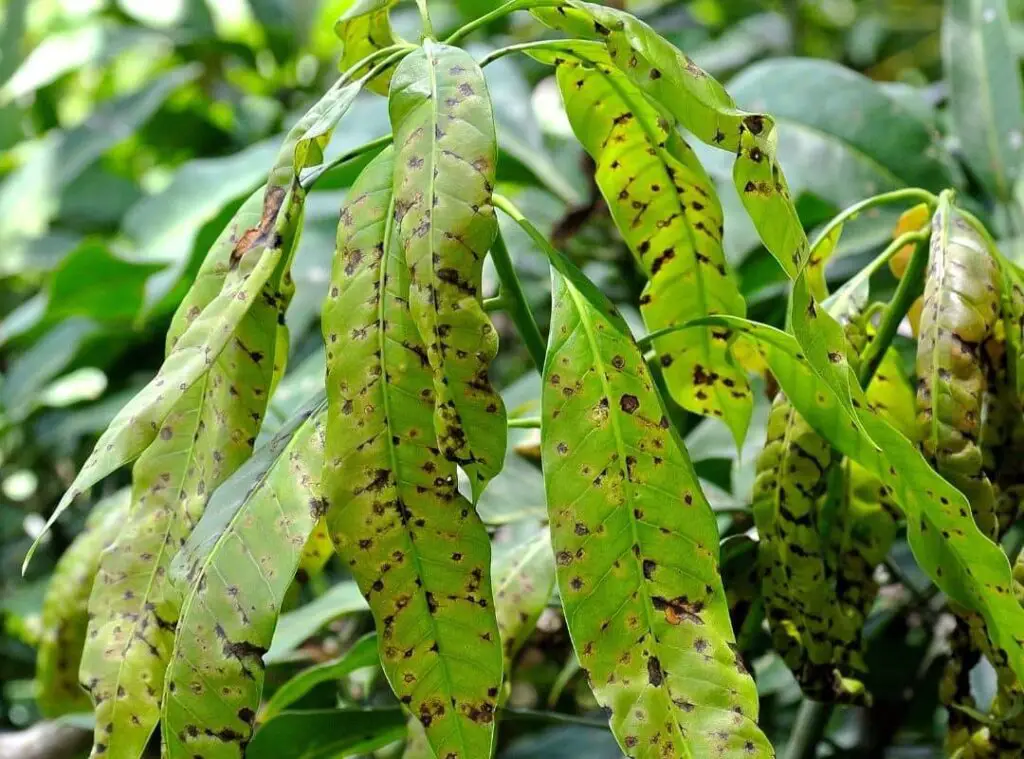
Fusarium Wilt
Unfortunately, this is the type of fungus for which we do not have a cure. It is not possible to heal this fungus. It could reach the plant from the roots, and over time it could start reproducing in the vascular tissues. This will prevent the plant from circulating water up in the plant. As a result of this, the plant will go through immense stress along with wilting, yellowing. Chances are that, eventually it could perish too
Treatment
Unfortunately, nobody has come up with a remedy to heal a plant affected by fusarium wilt. However, the most productive way to treat this plant is to cut it down and dispose of the damaged parts faster. Further, it is mandatory to remove the fusarium-infected soil too. It will prevent the fungus from spreading further.
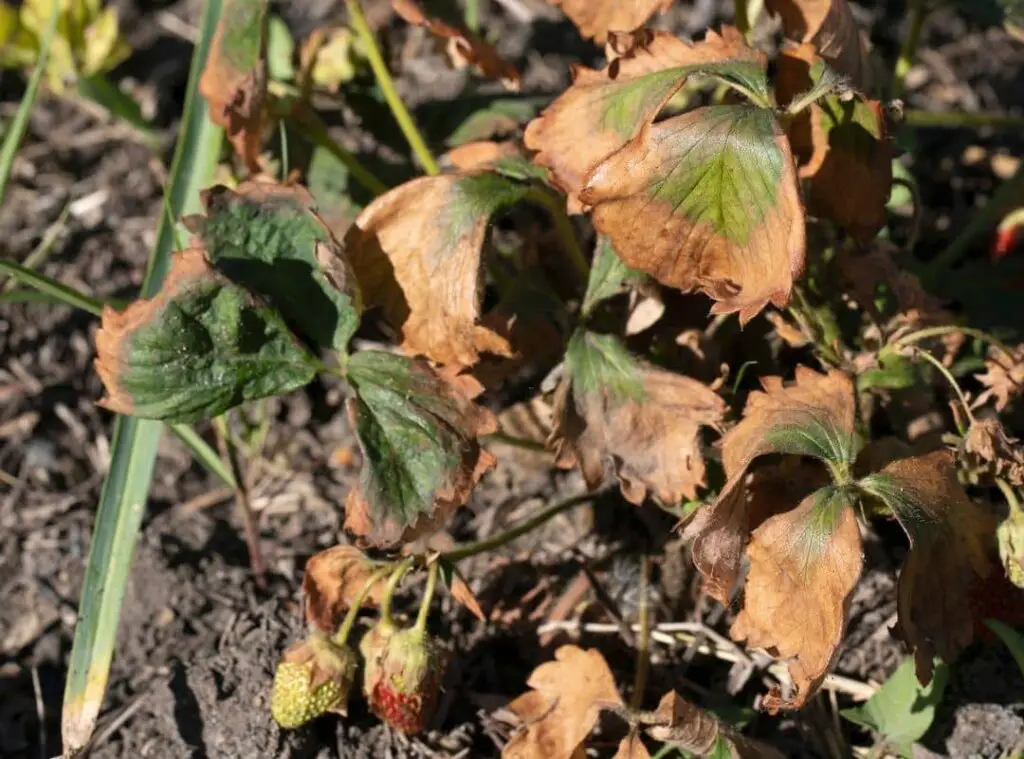
Root and Crown Rots
It will be somewhat difficult to recognize a plant affected by root and crown rots when compared to other fungal attacks. In fact, they do not show any specific symptoms to indicate that they have this fungus type. Having said that, once a plant gets this fungus, it will begin to wilt and develop brown leaves.
They will eventually fall because the stems begin to rot. Roots will tend to turn brown underneath the soil, and they will easily break off if the soil is teasingly removed. In the event that it affects the root crown, fine feeder roots will tend to stay healthy in a white to tan color. However, once the plant has been cleaned of soil, brown spots will appear on the cortex of the roots. Further, they will form on the root crown and on the base of the stem as well.
Treatment
Unfortunately, root and crown rot are not very responsive to treatments, but we can control them by reducing moisture. Hence, ensure that you provide a well-draining soil mix. Simultaneously, make sure that you supply only the right amount of water for your plants, which could fulfill the plant’s requirements. Apart from that, you should remove mulch greater than four inches. It will assist the plant in not remaining in excessively wet soil.
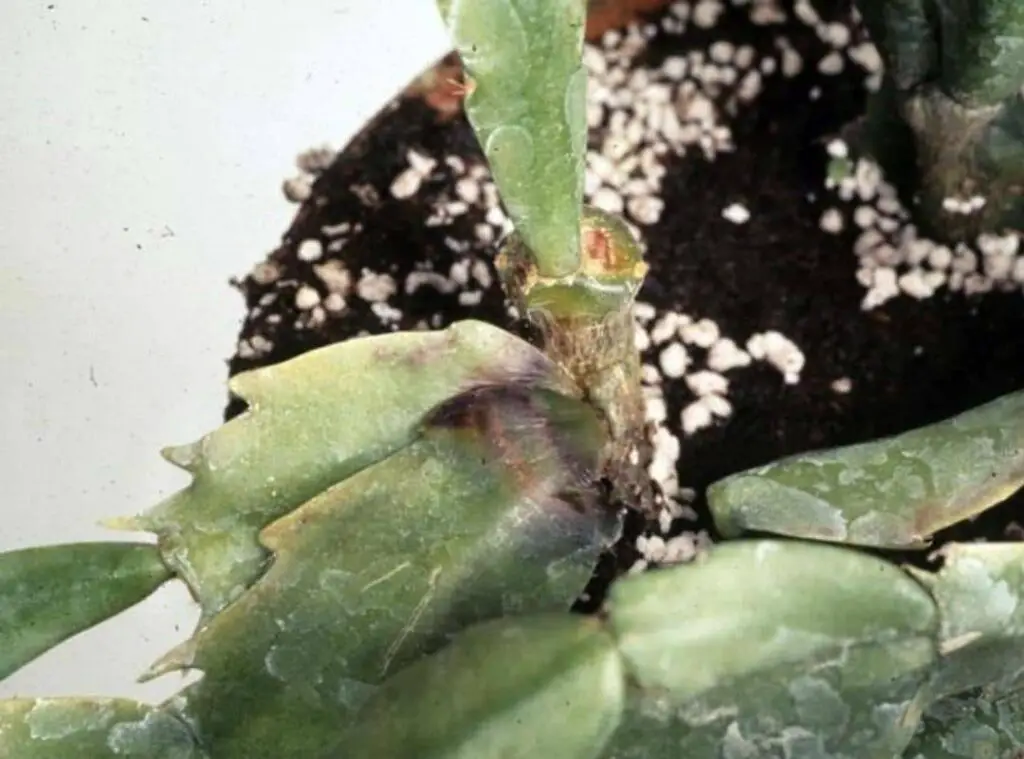
Powdery mildew.
You could identify a plant which has got powdery mildew very easily. It could grow either superficially or epiphytically. Powdery mildew has classic white or grayish dust or powdery coating. They will first begin to look like circular, powdery white spots on the leaves as well as on the stems.
When the infection gets worse, those spots will turn yellow, brown and will end up turning black at the end. Further, the plant’s leaves will tend to twist and disorder. After that it will wilt and end up getting killed.
Treatment
If you have a mild case of powdery mildew, it could go away on its own. However, if you wish to apply a fungicide, the most productive and efficient one would be copper. Do not forget to adhere to the instructions on the label before you proceed, as chances are that an excess amount of copper will be harmful to the plant and to the soil as well.
You can also treat them with a solution of baking soda, liquid non-detergent soap, and water. You should add one tablespoon of baking soda and one teaspoon of soap with one gallon of water for this mix and spray mixture appropriately on the damaged surfaces of the leaves
Keep in mind to water the plant well before adding this mixture. Baking soda could factor for sunburns. As such, it is better to first try one or two leaves first to not have any issues.
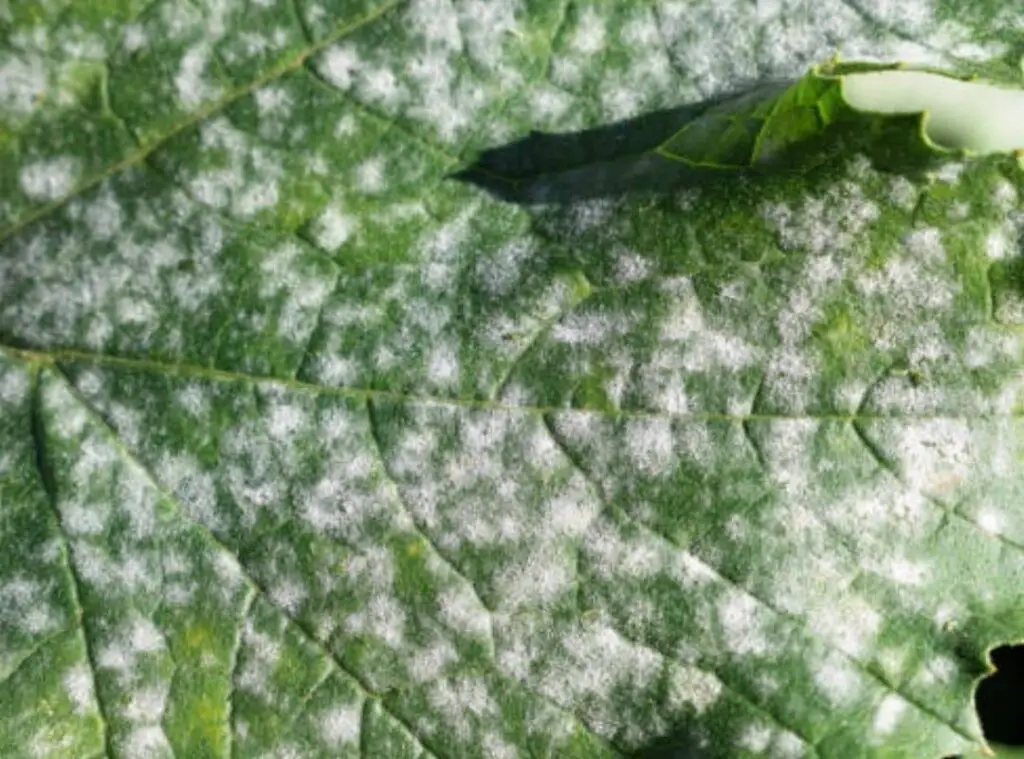
How to avoid fungal infections in succulents?
You need to be aware of the remedies you could use when your succulents face a fungus infection. You could use fungicides such as copper methylthiophanate, benomyl, dicyclidine, etc. Out of these, copper is the most highly recommended fungicide to use. Having said that, bear in mind that you could prevent only the spread of the fungus to other plants with copper and other fungicides.
It is very important to identify the fungus type. You could then perform the most relevant and efficient treatments. You could use the copper fungicide to treat diseases like leaf curl, powdery mildew, black spot, rust, anthracnose, fire blight, and bacterial leaf spot. This comes in very handy in using vegetables, roses, fruits, and turf in addition to succulents.
When you use copper fungicide, mix 0.5 to 2.0 oz. of copper fungicide for each gallon of water. You may proceed with this if you are only aware of the exact infection that has invaded the succulent. Certain types of fungi do not require any of the fungicides. Ensure that you apply sufficient fungicides to the damaged parts of the succulent. Do it through. Keep doing it every 7–10 days.
Natural fungicide for succulents
DIY fungicide is a very productive natural fungicide, especially during the dormant period. It has the ability to repair the damage caused by fungal and bacterial diseases in succulents. You would only need ground limestone and powdered copper sulfate to create this fungicide. You could add it for 4–4–50 strength during the succulents’ dormancy period. You simply have to blend four parts of each ingredient with water. You could use 50 gallons of water for this purpose
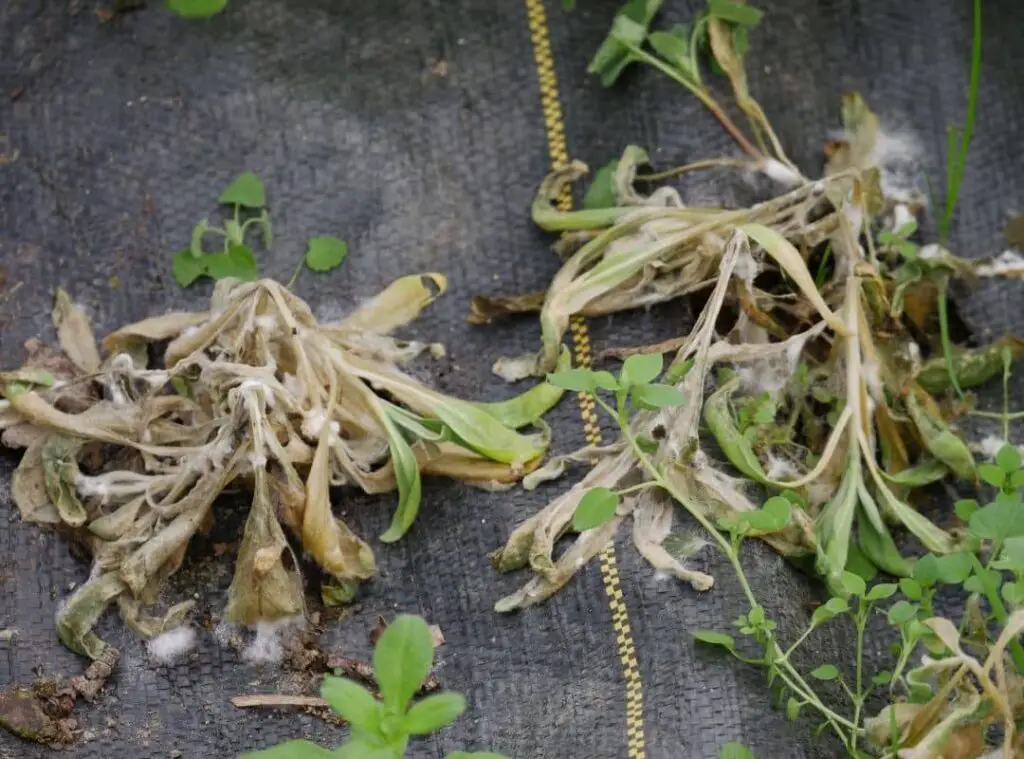
Homemade fungicide for succulents
Baking soda, dishwashing soap, cooking oils, and pyrethrin leaves are some fungicides you could use at home to treat fungi attacks. If you are someone who is more eco-friendly and someone who wants to get their task done with a little money, you may go ahead and create fungicides on your own for your succulent. You simply have to use some household products and create your own fungicides. This is a list of things you would need to make a fungicide.
Baking Soda – You could mix the four teaspoons or either 01 heaping tablespoon of baking soda along with one gallon of water.
Dishwashing Soap – If you have a dishwashing soap which does not contain greaser or bleach , you could use it as a fungicide for the infected succulents. This is a famous homemade plant fungicide.
Cooking Oils – you could blend cooking oils into homemade plant fungicides. It will make them cling to the leaves as well as to the stems.
Pyrethrin leaves – someone could use the flowers from the painted daisies as a fungicide too. This is a common fungicide among the succulent growers.
You have to, first of all, wither the flower heads. Afterwards, you may either grind them or soak them overnight in 1/8 cup of alcohol. The next step would be to mix it with water. You may use four gallons of water for this. Finally, let it strain through cheesecloth.
How to get rid of cactus fungus?
The most crucial thing when you need to get rid of fungal infections on the cactus is early detection of them. Regular inspections of succulents would be very useful at this point, because if you keep your plant under observation daily, you can correct any problems that arise.
We could bring the succulent back to its survival mode if it has got a soft rot. If you are lucky enough to recognize this fungus , try using a copper fungicide. Just simply spray it at the surface cuts or at the openings.
There could be some fungi, such as anthracnose, too. Then you need to trim the damaged areas to treat those. A copper fungicide could also be useful to stop this fungus from spreading. Aside from those, there may be other fungi that you can successfully treat. Some examples of that are dry rot, cotton root rot, sunscald, etc. You should completely take them off the plant.
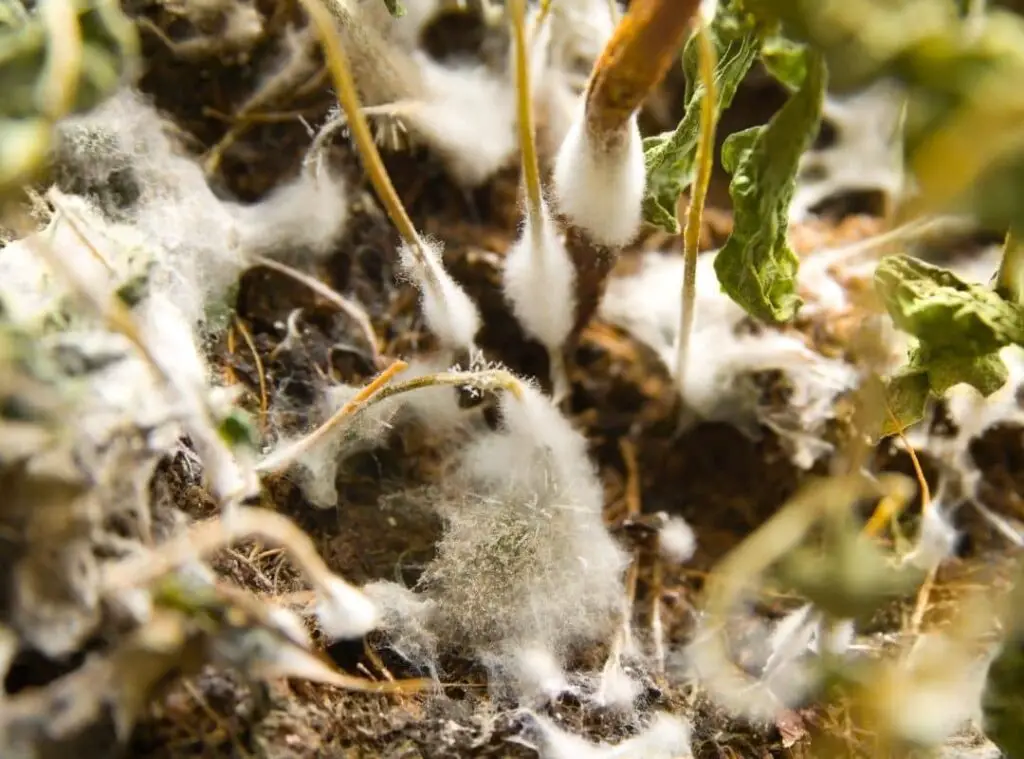
Why is my succulent soil molding?
If you notice any white mold on the surface of your indoor-grown potting mix, it is a saprophytic (non-poisonous) fungus. Some stimulating factors for the development of saprophytic fungus are overwatering the plant, not providing a well-draining soil mix, keeping it in the same old potting mix, or giving it contaminated potting soil. It generally survives on decaying organic substances in the soggy soil.
Does vinegar kill fungus on plants?
We could use vinegar to kill the fungus on the plants. You could use a vinegar mixture to overcome most fungal infestations on any type of plant. Its specialty is that it will not harm the plant. Further, you could use this spray to treat the black spots on roses or aspen trees as well. They will help get rid of them.
What are the black specks on my succulents? Are they fungus?
If you spot any succulents with black spots, that is literally due to a fungal infection. They could form on damaged plant tissues. If you come across any, you simply have to take the plant out of the pot and replant it. Don’t forget to check whether its roots are healthy, though. If the roots are healthy , you can cut off the affected leaves as well as the stems. Then , you may go ahead and repot the succulent in dry soil. You should cut down on watering and do it as appropriate.
Read More: Succulent Mycoplasma | Quick 5 Minutes Reading For You |
